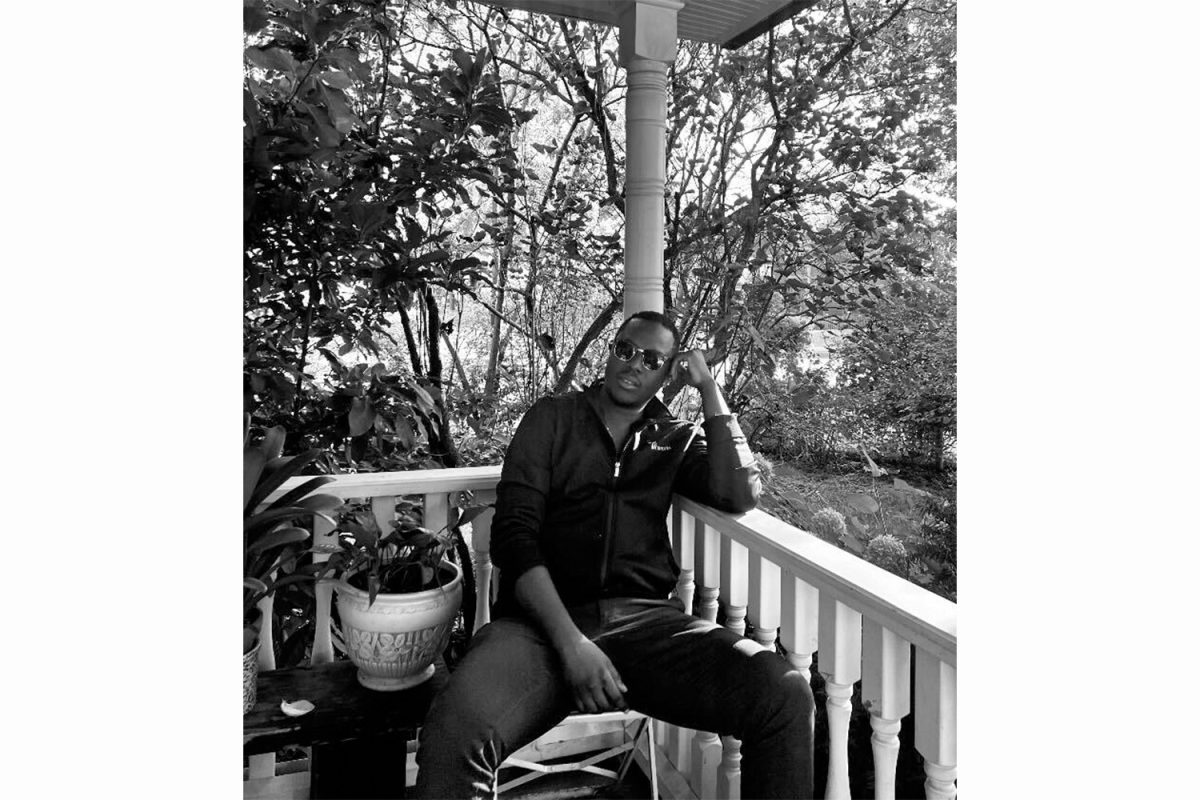The only thing more difficult than representing real people accurately in writing, for poet Camille Dungy, is making fictional characters seem as if they actually exist.
This was the primary challenge for Dungy in her most recent collection of work, released in January. She will read selections from Suck on the Marrow at 7 p.m. Friday at Prairie Lights Books, 15 S. Dubuque St. Admission is free.
Although bringing fictional characters to historical accuracy was at times difficult for her, it also proved to be the most gratifying aspect of the entire endeavor.
“It’s a hard thing to give them fully realized personalities, backgrounds, needs, and desires,” Dungy said. “But when it happens, and you see the people you created starting to feel real to you and other readers, it’s incredibly rewarding.”
The Iowa City native decided to become a professional writer in college. In addition to the encouragement from teachers and colleagues, the Iowa City community provided the initial push she needed.
“With anything you do in life, you have to put your all into it,” she said. “[Iowa City was] a pretty important part to me and of who I am as a writer.”
UI English Professor Horace Porter recognized Dungy’s spark for poetry when he taught her at Stanford University in the ’90s. Even then, he knew she possessed “rare literary sensibility,” complemented by a strong love for the state she grew up in.
“Some of her poems include clever autobiographical allusions to Iowa City,” Porter said. “Her pride in her Iowa background shines through in her poetry.”
Suck on the Marrow is a collection of poetry that provides a narrative for six interconnected people living in Virginia and Philadelphia during the 19th century. The varied verses offer the reader a glimpse into the connections and discrepancies of life between North and South, in addition to Americans black and white, free and slave.
To serve up the best possible portrait of the times required incredible amounts of research, from reading other narratives and archives to visiting the locations she was writing about. What started as a reaction to her previous release, What to Eat, What to Drink, What to Leave for Poison, her new publication became a labor of deep fascination.
Suck on the Marrow was also a reaction to What to Eat in terms of the poetry’s form. While the previous work was composed exclusively of sonnets, Dungy experimented with structure and the look of the poems on the page.
“The book is wider than standard size to accommodate the expansive size of the poems,” she said. “But by the end of the process, I was writing sonnets again, so it kind of came full circle.”
Suck on the Marrow reflects her interest in the history of everyday people, and it is an effort to look past the big names and major events of America’s past to get down to the individuals who “make the textbook dates possible.” Such a collection would not have been possible without other authors’ documents.
As a result, one of the most important pieces of advice she has for young writers initially appears counterintuitive: Don’t be afraid to practice your own writing by imitating the work of writers you admire.
“Sometimes, we’re afraid that we will silence our own voices by doing this,” Dungy said. “But in fact, it actually gives us new tools for writing that we didn’t think were possible.”






